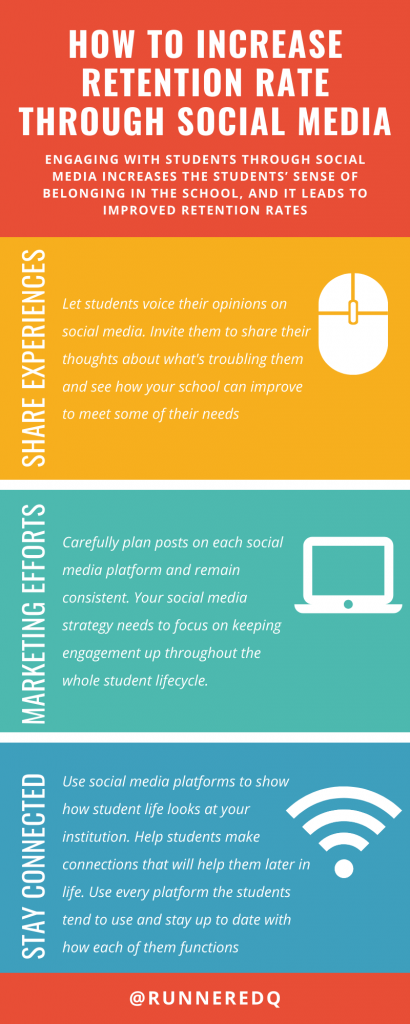Social Media for Universities
A lot of people in the world of higher education are still reluctant to start using social media, but many schools have already recognized how useful social media marketing can be.
The latest research states that people, on average, spend more than 2 hours on social media every day. Businesses recognize these numbers, which is why social media is a big part of their marketing campaigns.
The same can be said about many schools as well. Many are already using social media in their marketing efforts, and their efforts are paying off. Not only do schools manage to promote themselves to potential students through social media, they also engage with their alumni, which often leads to more donations and exposure.
It’s All about Engagement
Engaging with students through social media increases the students’ sense of belonging in the school, and it leads to improved retention rates. Students don’t only stay at specific universities because of the high-quality studies they receive there, they also remain because they like the place.
If a student feels welcome at a certain school, and they are able to settle in easily and feel welcome, the place will quickly grow on them. It’s only logical that this will encourage them to stay at that school
It’s time for all universities to realize how vital it is that they welcome their students. Students usually drop out due to financial reasons, but a large part of them also give up because of a demotivating environment, reducing their interest.
How to Increase Student Retention Rates Through Social Media
If you’re convinced of how helpful social media is, here are some tips on how to improve retention rates:
- Let students voice their opinions on social media. Invite them to share their thoughts about what’s troubling them and see how your school can improve to meet some of their needs.
- Carefully plan posts on each social media platform and remain consistent.
- Your social media strategy needs to focus on keeping engagement up throughout the whole student lifecycle.
- Use social media platforms to show how student life looks at your institution.
- Help students make connections that will help them later in life.
- Use every platform the students tend to use and stay up to date with how each of them functions.

